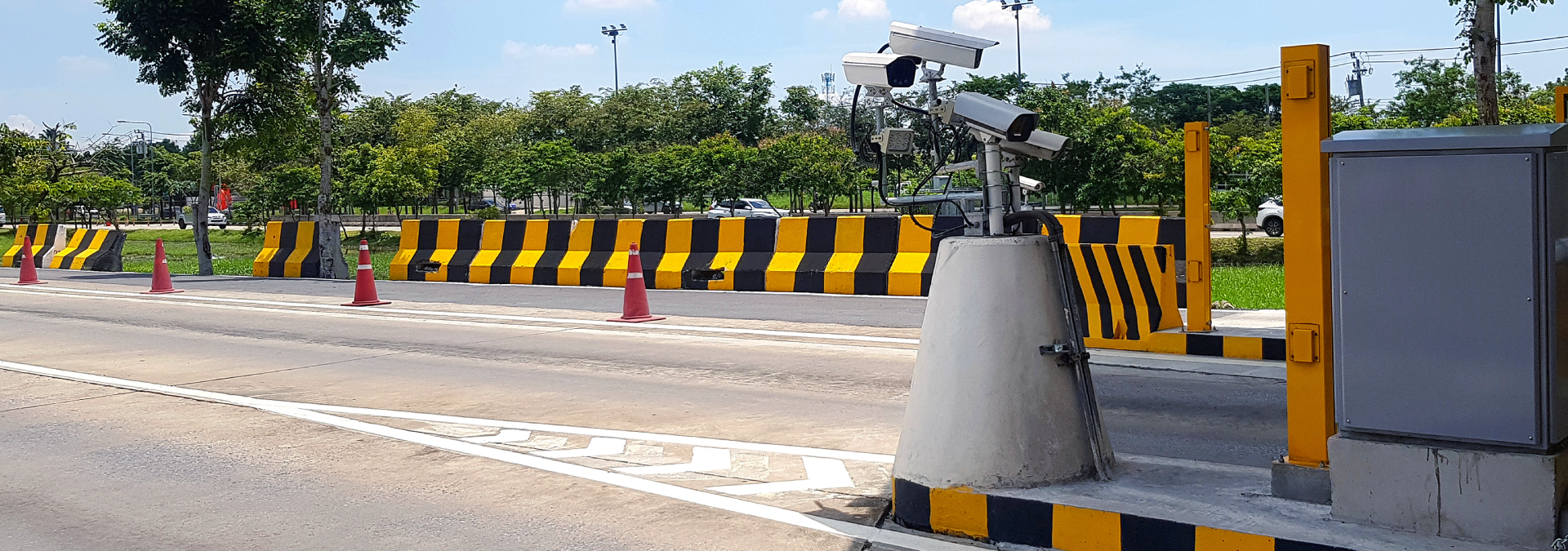
It is possible to automate the border control process thanks to implementing technologies that define the sequence of mandatory intervention by control institutions between countries through artificial intelligence, IoT sensors, cameras, scales, and other technological tools.
This project directly impacts Panama, Costa Rica, Nicaragua, Honduras, Guatemala, and El Salvador. More than 1,500 vehicles cross the border daily since 40% of trade occurs at night, and approximately 500,000 vehicles cross the border yearly.
Characteristics of the technological solution implemented
The main challenges are developing, installing, and configuring cutting-edge equipment for the border area. Specifically, it refers to establishing an "unattended station" that automatically identifies modes of transportation arriving at the border crossing and the circumstances of their travel to verify pre-declarations and other documents completed, transmitted, and registered in advance.
As part of this effort, more than 800 technological devices were put in place and implemented, including:
- 150 IoT cameras
- 15 barriers
- 25 RFID systems (technology that identifies and records data)
- Internet Protocol (IP).
- Datacenter monitoring center
- Digital posters
Our mission at SONDA is to develop agile, scalable, interoperable, and data-centered technological solutions that facilitate the creation of sustainable and efficient cities, improving citizens' quality of life.
Did you know?
As the first border facility with an inter-institutional control model, this case is a commitment to innovation, integrating different institutions intervening in the border process and streamlining numerous processes.
Latest news
Smart Cities
What are Smart Cities & Mobility and How They Transform Urban Life?
Cities are undergoing a profound shift. Rapid urbanization, rising mobility demands, and the need for sustainable growth are pushing urban ecosystems to evolve beyond traditional infrastructure. This is the foundation of smart cities, meaning digitally connected environments powered by IoT, cloud platforms, data analytics, and intelligent automation.
Investors
News
SONDA maintains growth in business closures, reaching US$1,294 million and strengthening its pipeline with a 43% increase compared to the end of 2024
Its revenue reached US$1,154 million as of september, growing 3.1% driven by its strengthened commercial structure from the strategic plan, generating a robust pipeline of US$7.6 billion.
Smart Cities & Mobility
How Smart Datacenter Management Powers Modern Digital Infrastructure
Digital businesses don’t run on good intentions; they run on datacenters. Every online purchase, every cloud-native app, and every connected device depends on a powerful yet often invisible foundation: digital infrastructure.
